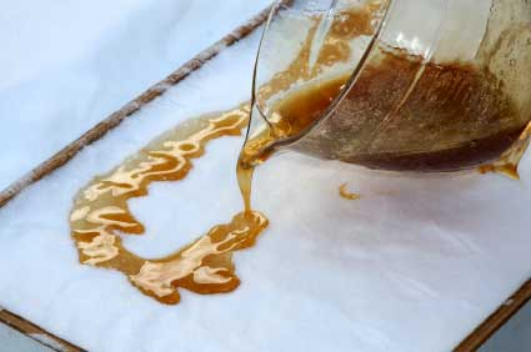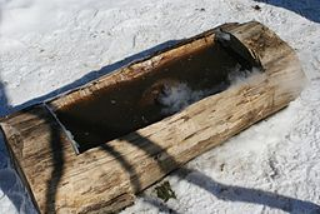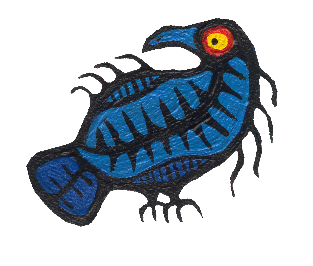Native-Art-in-Canada has affiliate relationships with some businesses and may receive a commission if readers choose to make a purchase.
- Home
- Maple Syrup
- Maple Sugar
Maple Sugar
A Staple in the Ojibwa Diet
 Maple Sugar was used to flavour a variety of traditional foods.
Maple Sugar was used to flavour a variety of traditional foods.Maple sugar was a flavorful part of the traditional Ojibwa diet. Salt wasn't introduced until long after Europeans came to the continent so maple sugar and other foraged herbs were used us flavorings for stews, tea, on berries and on tuberous roots.
Sugar making happened for several weeks in the Spring just as the frost broke and the sap ran up the tree. It was in the fourth moon - the Moon of Boiling, Izhkigamisegi Geezis.
Twenty gallons of sap boiled down to about a gallon of syrup, but to make maple sugar the boiling had to continue until there were only about three quarts of sap.
Maple Sugar Was Made Two Ways
 |
Without stirring, the thick syrup for hard sugar was scooped before it turned to granules in the final boiling kettle and them it was poured onto ice or snow to solidify. The sugar was then packed tightly into birchbark cones that were sewn tightly shut with basswood or cedar fibre for storage. The hard sugar could be licked or nibbled like candy. |
 Dave Pape photo. Dave Pape photo. |
The second way of making sugar was to add some small pieces of deer tallow (deer fat melted and cooled) to the final syrup. Just as it was about to granulate it was poured into a wooden trough made from a smoothed out log. It was stirred there to granulate it and then rubbed with sugar ladles and hands to make sugar grains...ziinzibaakwad. |
The warm granules were put into birchbark packets called makuks and could then be used as needed year round with wild rice, meat, fish, berries and tubers. In summer it was sometimes dissolved in water to make a tasty drink. In winter it was used to flavor various roots or leaf and bark teas.

- Maple Syrup
- Making Maple Syrup
- How to Make Maple Syrup
- Canadian Maple Syrup
- Maple Sugar Candy
- Maple Sugar Pie
- Birch Syrup
- Wild Rice
- Ojibwa Tea
- Ojibwa Food
- Home





